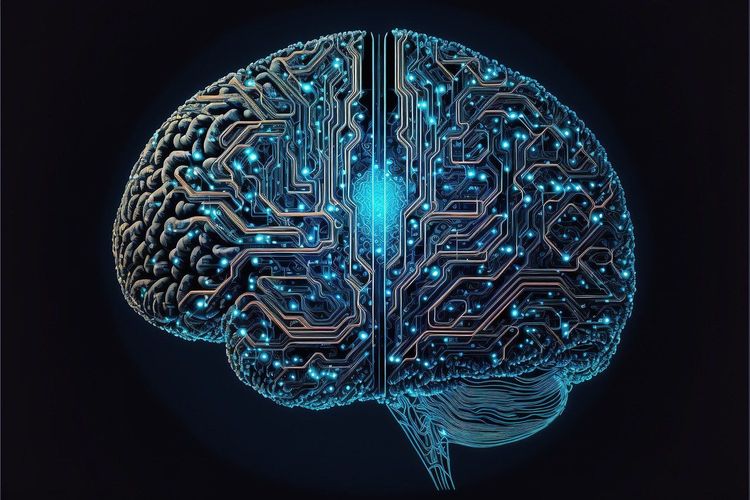At the Team ’24 event in Las Vegas, Atlassian unveiled an exciting integration: Jira Software and Jira Work Management will now be combined into a single product under the unified “Jira” brand. Originating as a tool for developers focused on software development and issue tracking, Jira has evolved over recent years to cater to business teams like marketing, sales, and human resources through the introduction of Jira Work Management in 2021, which replaced the previous Jira Core product.
“We believe that strong teams are created on the foundation of shared objectives, coordinated efforts, and seamless communication across all functions,” stated Dave Meyer, the head of product for Jira, in the announcement. “This latest evolution of Jira provides a collaborative space where every team can align on goals, track progress, and garner insights to create remarkable outcomes together. By merging the best features of Jira Work Management and Jira Software, we're equipping teams with a comprehensive project management tool to elevate their performance.”
The goal of this integration is to facilitate collaboration and work tracking among various teams within an organization. Although there were existing links between Jira Software and Jira Work Management (with Work Management included for free in all Jira subscriptions), Atlassian emphasizes that this unified version will streamline processes and help diverse teams—be it engineers, marketers, or designers—achieve common objectives more efficiently. It’s important to note that Jira Service Management for IT teams remains unaffected by this change.
Enhanced Collaboration with AI
In conjunction with this integration, Atlassian is rolling out numerous new features aimed at enhancing collaboration. A noteworthy addition is the new AI-driven work breakdown tool, which will soon be available for Jira and Jira Premium users. This feature can automatically decompose epics into individual issues and issues into sub-tasks, while still allowing for manual adjustments. This innovation reduces the repetitive aspects of project management, enabling project managers to focus on critical strategic initiatives.
Soon, Jira will also autonomously summarize comments on issues. This feature will extend to Confluence, Atlassian’s versatile workspace tool. For those looking to become proficient in Jira, learning Jira Query Language (JQL) has been a necessity to search for issues. However, with the advancement of large language models, users will soon be able to craft JQL queries using natural language.
Furthermore, Atlassian is introducing a generative AI writing tool that creates, summarizes, and enhances descriptions and comments in Jira. Similar functionalities will be made available in Atlassian’s Trello and Bitbucket, with Jira Product Discovery and Confluence following soon after.
Aligning Goals
To bolster teamwork and collaboration, Jira will also roll out a new feature called “Goals.” This feature, set to launch in the coming month, will allow users to create goals within Jira’s list and issue views, making it easier to visualize how individual tasks contribute to larger objectives. Additionally, a directory for goals and progress charts will provide context for project goals.
New Visualizations and Tracking Features
Jira is now introducing enhanced ways to manage and visualize issues, including a spreadsheet-like list view for projects, enabling in-line edits and simplifying bulk changes.
For Premium and Enterprise users, the new “Plans” feature offers a unified view of issues across different boards and projects, allowing all levels of team members—from leadership to program managers—to estimate release dates, address staffing and resource questions, or outline yearly objectives.
Moreover, a new calendar view will assist teams in tracking business projects with issues arranged by due dates, helping business teams to align their activities with upcoming software releases. However, this calendar feature is expected to be fully operational in a few months.
In summary, with this integration and the introduction of innovative AI-driven tools and features, Jira aims to transform how teams collaborate, enhancing their ability to achieve shared objectives effectively.







